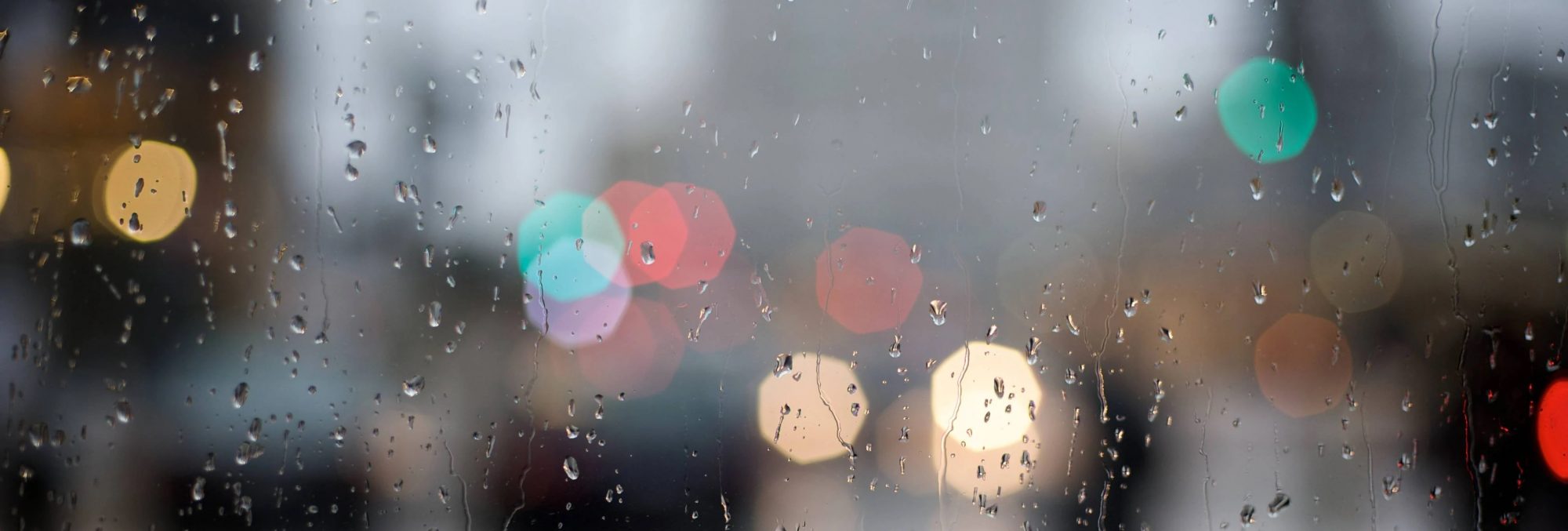From which you will gather that my visit to Berlin last week did not include a lot of idle time. And yet my friend Fred and I did find time to take rides on commuter trains to Spandau and a couple of other outlying neighborhoods so that we could stroll around. We also did a fair amount of walking in the part of town where we stayed (Charlottenburg) and the areas around Potsdammerplatz and Alexanderplatz.
This was my first visit to Berlin, which is an exciting and user-friendly place. Great trains and trams and subways, good signage, and tons of things happening in music, theater, and art. There’s a lively street and cafe scene, but it was not at its peak during our January-February visit. It’s also a very youthful city. The eastern part of Berlin remains, for now, one of the few places in urban western Europe with a lot of relatively cheap housing. Creative types from many nations are coming there to live, or at least to spend a year or two, giving the city an appealing air of raffish chic.
We saw Die Zauberflote Friday night at the Staatsoper, with one of the great orchestras in Europe. The whimsical production design was based on German Romantic Orientalism; it suited the music, all of which was very well if not spectacularly sung. On Saturday we dug ourselves into seats at the Deutsch Oper for the Siege of Nurnberg Die Meistersinger von Nurnberg, five and a half hours of glorious Wagner. Walther’s voice broke up a bit toward the end, but I didn’t care; for me that opera is all about Hans Sachs, and that singer did a superb job. Eva was fine, too, as were all of the minor characters. The production was simple and handsome and, for some reason, set in the late 19th century. That seemed odd to me at first, but I came to think that it worked; it gently highlighted the basically absurd faux-medieval pretensions of the meistersinger tradition. After all, the opera is, in its high-minded way, a comedy.
Highlights of the trip were the Pergamon Museum (massive architectural antiquities from the Near East) and the Museum of Natural History. The latter combines delightful old-fashioned features, such as big dioramas and tall old polished wooden display cases (you can imagine Alexander von Humboldt bending over them), with a wonderfully up-to-date overview of evolutionary biology. It also has a huge and dazzling mineral collection. I fell in love with neptunite. The most thrilling thing at this museum, though, is seeing the world’s finest archaeopteryx fossil. It’s housed in a special little darkened alcove, almost a chapel, with special lighting and climate control and bulletproof glass, because you are looking at the real fossil, not a mold, and I felt a frisson of awe as I gazed at its marvelous toothed beak and its claws and the delicate impressions of its feathers. Take that, you no-transitional-fossils idiots!
I ate a grilled pig’s knuckle, something I would not have expected to do. But it was at dinner in the cellar of Berthold Brecht’s old house, and the waiter said that it was Frau Brecht’s very own recipe . . . it was delicious.
Not being much of a photographer, I took only a few pix. Here are some of them.
Fred walks in the distance along the Wall–one of the few sections of it still standing. There was a little museum and a viewing tower near this segment.
The Ishtar Gate at the Pergamon Museum.
This old church was bombed in WWII; it has been preserved as a memorial (the locals call it the Rotten Tooth). Next to it stands its modern replacement, much less severe on the inside than it looks from outside; the walls are hundreds of tiny panes of beautiful colored glass.
The old town of Copenik is noteworthy because it wasn’t bombed (and you can see that we had glorious weather for part of our visit). The schloss in Copenik now houses a museum of decorative arts, full of things like the kaisers’ dinner services. There are also two magnificent 16th-century rooms entirely paneled–floors, ceilings, and walls–with inlaid wood. Marquetry of the highest order, and you almost swoon from the delicious smells of the old wood.
Things that will have to wait for my next visit: the Egyptian collection on Museum Island, the sculpture museum, renting a kayak to paddle around the city’s many canals and rivers, and an excursion to the Spreewald. (A line from a brochure I picked up: “What was life really like in East Germany? Was it all Spreewald gherkins, nudism, and concrete-slab buildings?” Jeeze, I hope not.)




